Creative Strategy Case Study
"Seated to Suit You." Mock Campaign
Personalized Seating, Reimagined for Connection
Personalized Seating, Reimagined for Connection
In a time when airlines are rethinking the future of air travel, this conceptual campaign proposes a bold new vision for passenger seating—one that blends personalization, comfort, and connection. “Seated to Suit You” transforms the flying experience by allowing travelers to select preferences at checkout that influence who they sit next to, creating smoother, more enjoyable flights for all.
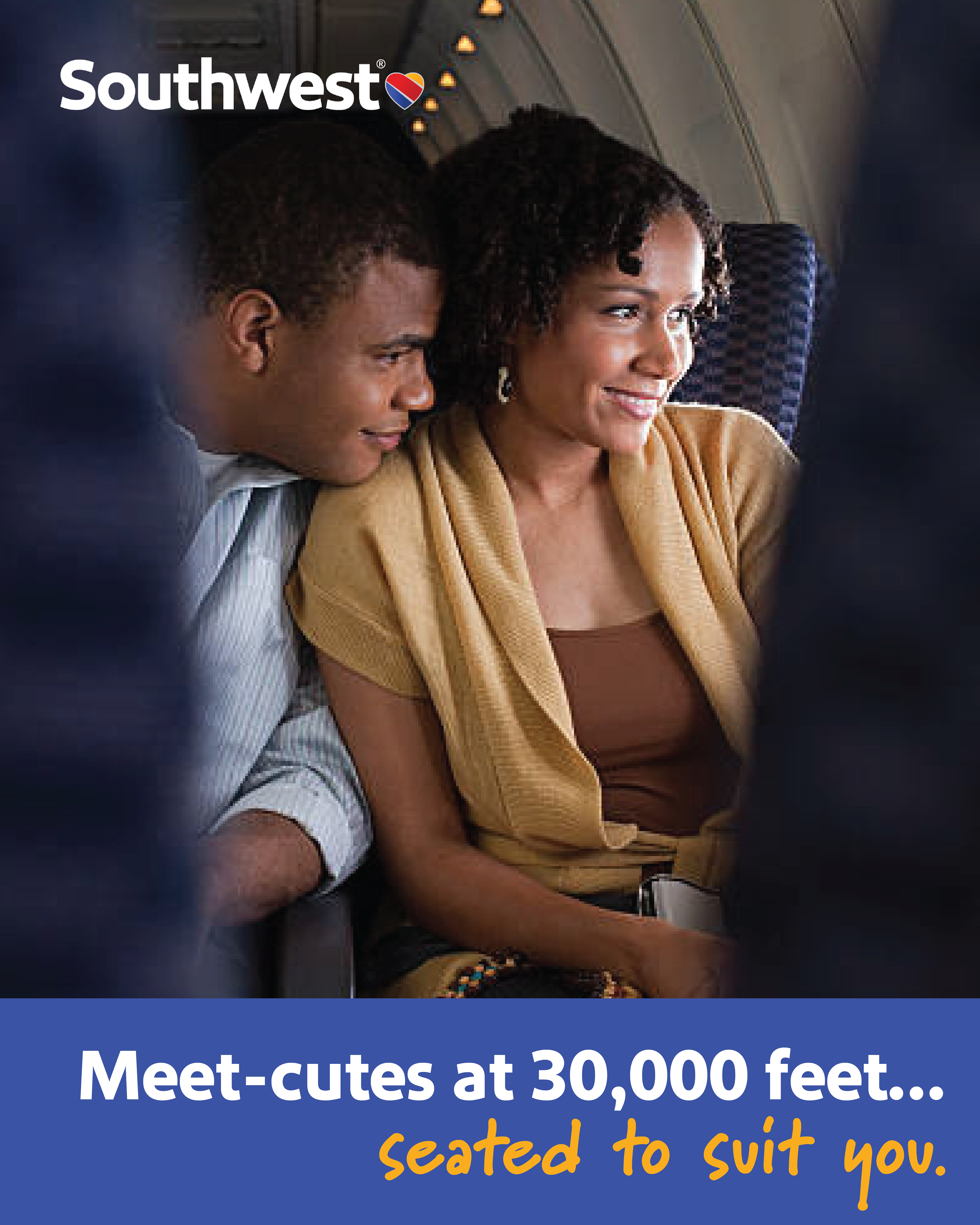
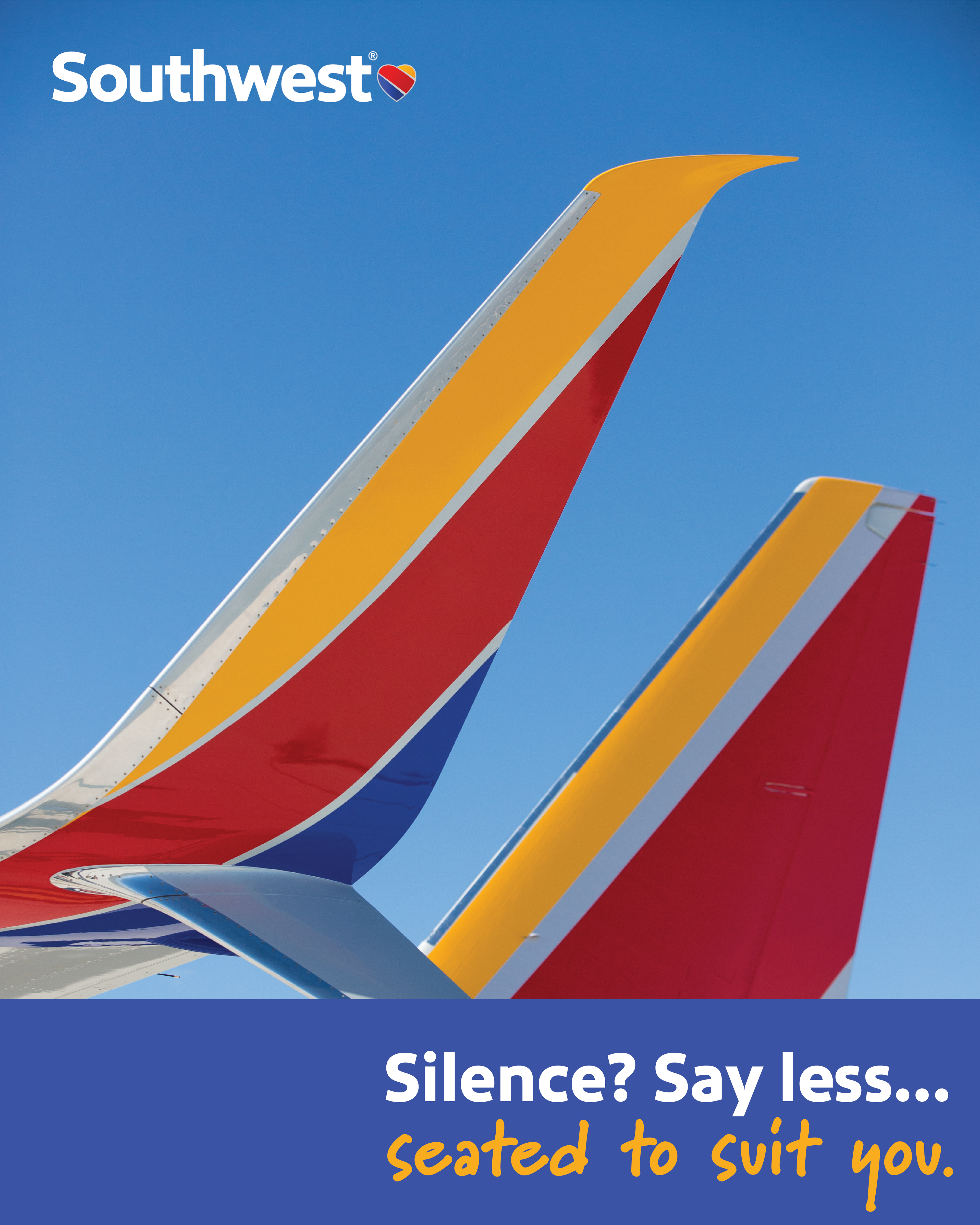
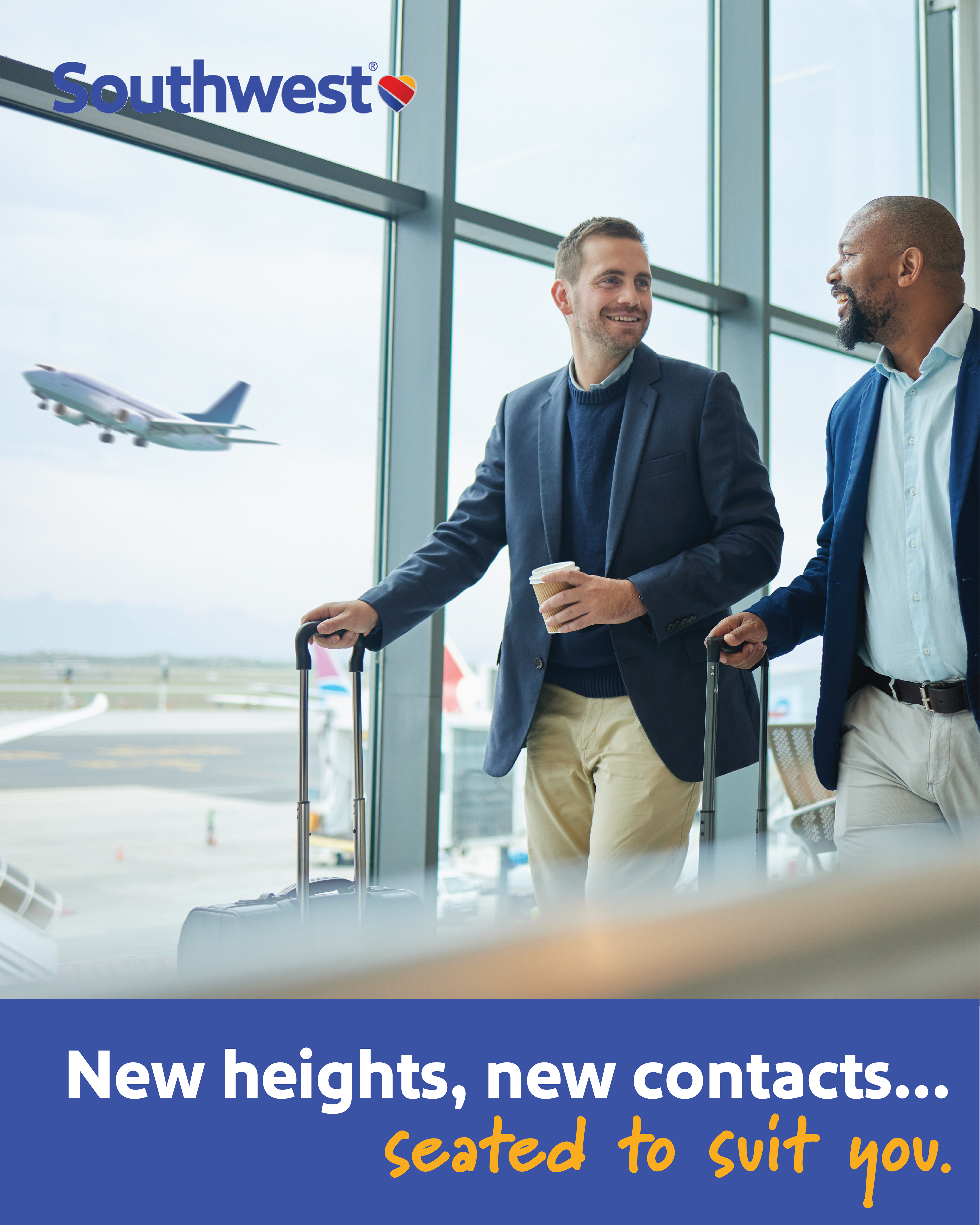
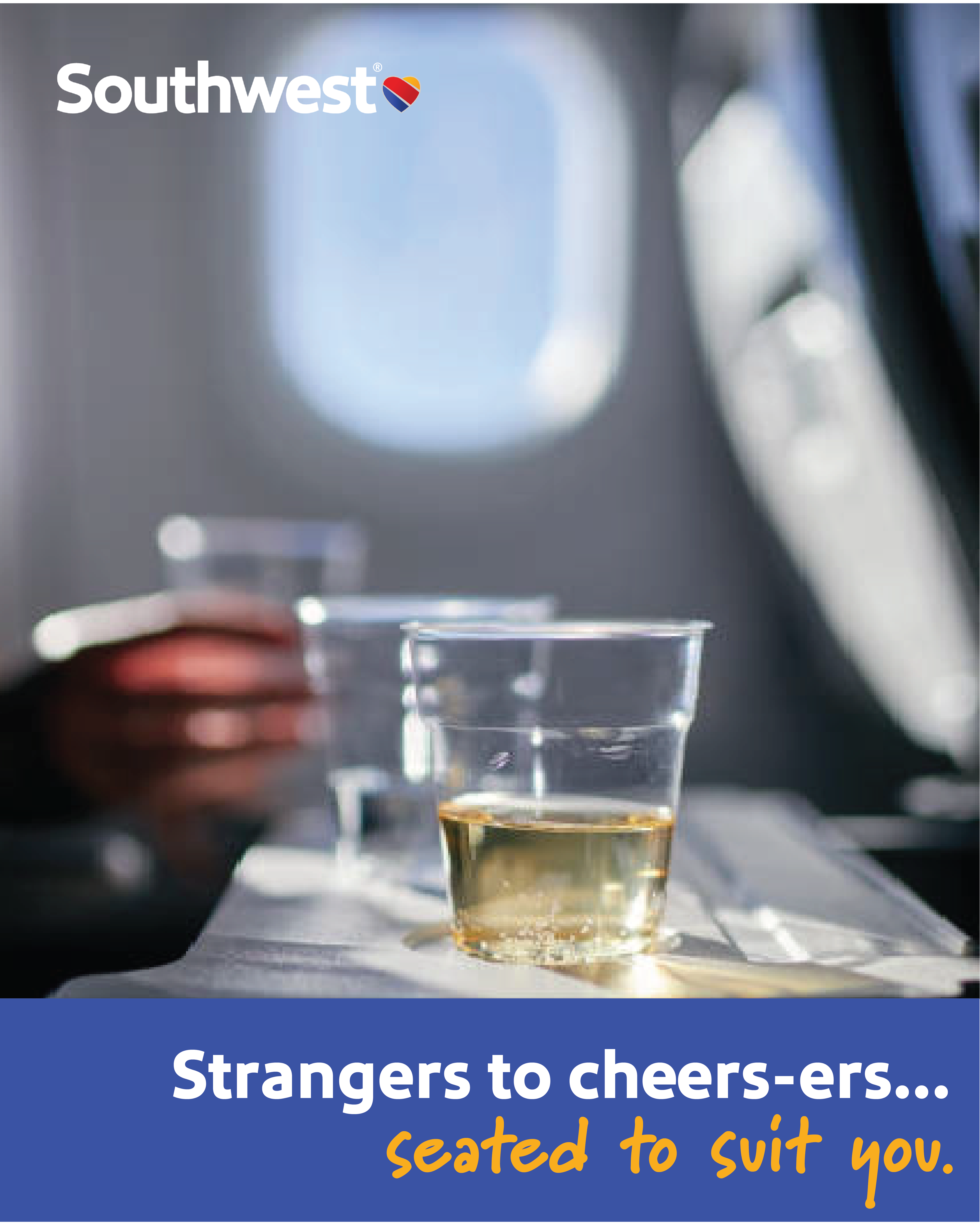
With major airlines like Southwest phasing out open seating and Spirit pivoting to a premium model, the industry is undergoing a cultural shift, one that increasingly rewards those who pay more. But what if we could improve the passenger experience without raising the price tag?
“Seated to Suit You” is a smart seating strategy concept where travelers select preferences when booking, and seating is matched accordingly. Instead of randomness or status-based boarding, passengers are grouped by shared needs, energy levels, or lifestyles, making every flight feel more intuitive and social.
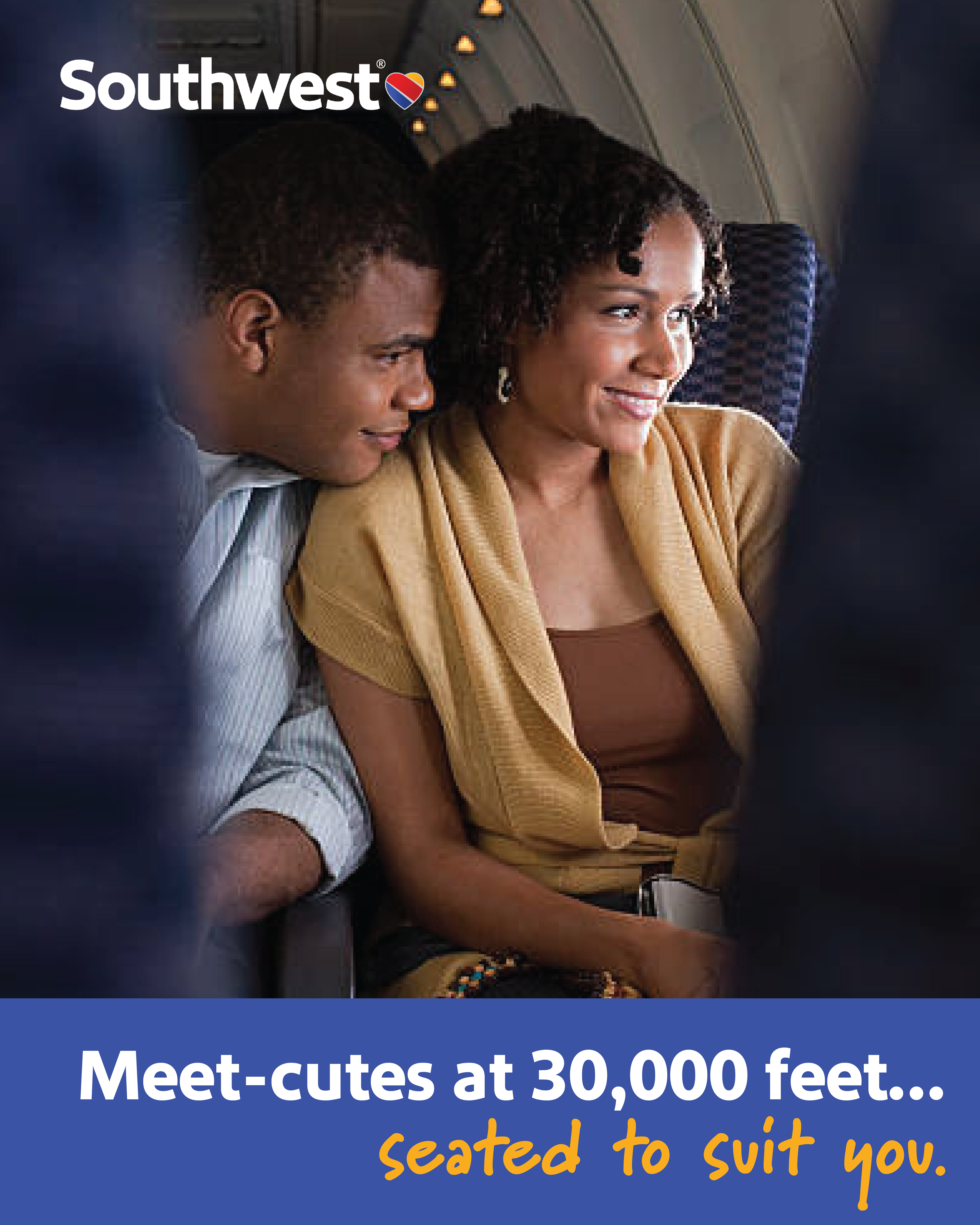
Sample Seating Options:
Quiet Zone – For passengers who want peace and no small talk
Family Friendly – Groups parents and kids for mutual understanding
Tight Connection – Seats those with short layovers near the front
Cheers Crew – For travelers who want to drink and vibe
Social Section – For extroverts open to conversation
Single Option – For a potential meet-cute at cruising altitude
This idea taps into real cultural shifts, from tech-driven isolation to the craving for connection. Instead of bonding over shared annoyances, passengers connect over shared preferences. It’s a modern take on seating that turns flights into mini social ecosystems.
We’re seeing a decline in “third places” — casual, social environments that exist outside of home and work. These spaces used to create natural moments of connection, but today many of them have shifted. Coffee shops are now quiet work zones, bars can feel transactional, and airplanes have become places where most people tune out with headphones instead of striking up conversation.
At the same time, people are craving more connection and personalization. According to McKinsey’s Future of Connection report (2023), 71 percent of consumers feel less connected than they used to, and 65 percent miss spontaneous, face-to-face interactions. We’ve also gotten used to customized experiences in our digital lives, from Spotify to dating apps, and we’ve started to expect that same level of personalization in real-world spaces too.
This seating concept meets both needs. By allowing passengers to choose preferences before boarding, airlines can group travelers in ways that reduce friction and spark shared understanding. Families sit with other families. Solo travelers looking to meet someone new can opt in. Extroverts can be placed near others open to conversation. The result is a more intuitive, less stressful experience that brings a sense of humanity back to flying.
